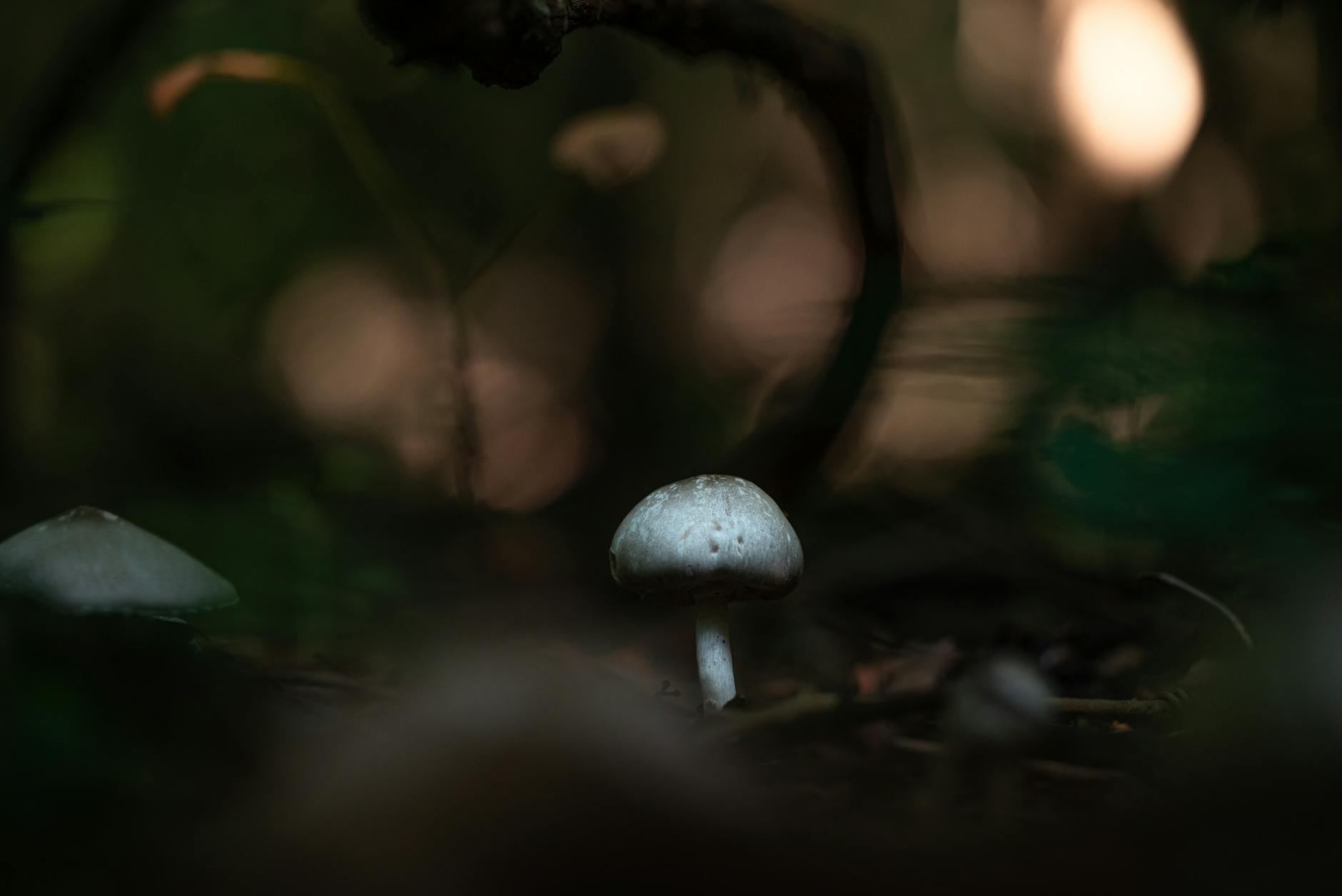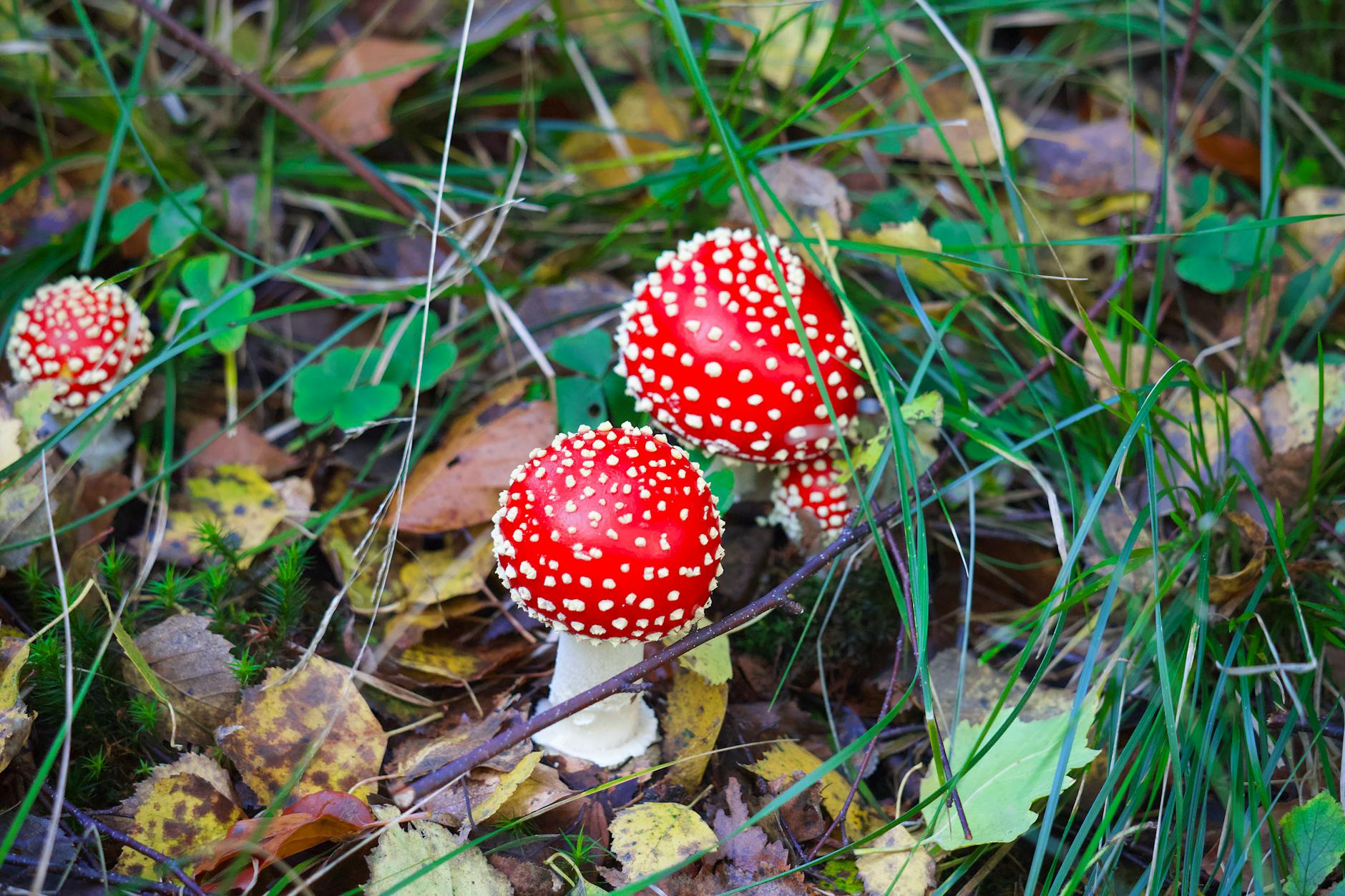When it comes to wild mushroom foraging, knowing the best trees and habitats to explore is essential for a successful adventure. As mushroom enthusiasts, we are constantly seeking the thrill of discovering nature’s hidden treasures beneath the forest canopy. In this guide, we will delve into the diverse habitats and trees where wild mushrooms thrive, offering valuable insights for your next forest floor foraging expedition.
Types of Trees Favorable for Wild Mushroom Hunts
Different types of trees create unique ecological niches that support various species of wild mushrooms. Here are some tree species that are known to foster an array of mushroom varieties:
Oak Trees:
Oak trees, with their extensive root systems and symbiotic relationship with mycorrhizal fungi, are a prime habitat for a variety of wild mushrooms. Look for oak trees in mixed deciduous forests for a chance to find prized edibles like chanterelles and porcini.
Pine Trees:
Pine forests offer a different host of mushroom species, such as pine mushrooms (also known as matsutake). These prized mushrooms grow in symbiosis with conifers like pine trees and thrive in well-drained soil with the right balance of sunlight and moisture.
Birch Trees:
Birch trees are associated with a range of edible and medicinal mushrooms, including birch boletes and chaga. These trees typically grow in cooler climates and are commonly found in northern regions where mushroom hunters can explore the forest floor for these fungal delights.
Ideal Habitat for Wild Mushroom Foraging
Apart from specific tree species, certain habitats within the forest offer ideal conditions for wild mushrooms to flourish. Understanding these habitats can greatly enhance your chances of a successful foraging experience:
Deciduous Forests:
Deciduous forests, characterized by a diverse range of trees shedding their leaves seasonally, provide a rich habitat for various wild mushrooms. Explore these forests during the fall to discover a bounty of edible fungi like oyster mushrooms and hen of the woods.
Coniferous Forests:
Coniferous forests, dominated by evergreen trees like pine, spruce, and fir, offer a different hunting ground for mushroom enthusiasts. These forests harbor unique species like pine mushrooms and winter chanterelles that thrive in the acidic soil and shade provided by coniferous trees.
Mixed Woodlands:
Mixed woodlands, where different tree species coexist, create a mosaic of habitats that support a wide variety of wild mushrooms. These diverse ecosystems can yield a range of edible and medicinal fungi, making them an exciting destination for foragers seeking a diverse mushroom harvest.
Conclusion
Embarking on a wild mushroom hunt amidst the trees and habitats of the forest floor is an enriching and rewarding experience for nature lovers and food enthusiasts alike. By understanding the symbiotic relationship between trees and mushrooms and exploring the diverse habitats within forests, you can elevate your foraging skills and encounter a plethora of mushroom species waiting to be discovered. So, gear up, venture into the woods, and let the enchanting world of wild mushrooms reveal its wonders to you. Happy hunting!


